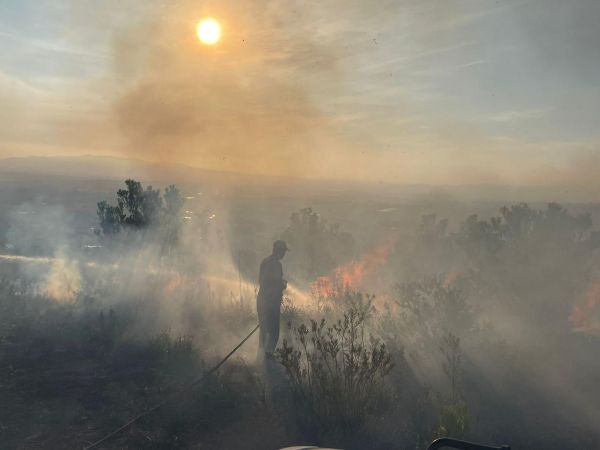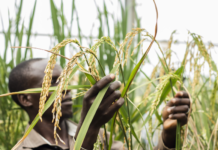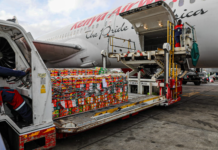In Zambia, where many communities depend on agriculture, the threat of wildfires is rising alongside the challenges of climate change. As with other Southern African countries, unpredictable weather patterns, including droughts and intense heat, are fuelling the frequency and severity of these fires, putting both livelihoods and natural resources at risk. As global temperatures continue to rise and the dry season approaches (typically May to October), the lack of rainfall dries out vegetation, creating ideal conditions for wildfires.
And even though thunderstorms are less frequent, lightning strikes can still ignite fires in a dry landscape. Unfortunately, human activities also remain major contributors—slash-and-burn agriculture, charcoal production, uncontrolled land clearing, unattended campfires, and even discarded cigarette butts all create serious ignition risks. Once started, these fires can quickly spread, and threaten lives, forests, agriculture, and livelihoods, causing millions in damages annually.
“The best option to reduce fire risks is to keep them as low as possible by implementing various strategies as well as being prepared at all times,” says Brad Barthorpe, Sales Manager Africa for Husqvarna South Africa.
Barthorpe shares his five top tips to help farmers and smallholders get ready for fire season:
1. Burn fire breaks
If firebreaks are not part of your usual fire prevention routine, now is the time to start. Clear wide strips of land (10-20 meters) around your property, removing dry vegetation. Ideally, you want to do this in late autumn or early winter to give enough time for the firebreak to be established before the peak of the dry season. In addition to clearing, a controlled burn—where small areas are safely burned under the right conditions—can help reduce flammable material, slow wildfires, and even improve soil health. Ensure you undertake controlled burns in calm weather, letting the fire burn inward against the wind. Regular maintenance throughout the dry season will ensure your firebreak remains effective.
2. Skill up, Gear up
A firebreak won’t stop a fire on its own; it provides a space to work from. Backburning, beating, or other firefighting methods are still needed to prevent the fire from spreading. That’s why everyone needs to be properly trained and equipped to manage fires effectively.
3. Invest wisely
When you’re facing a raging inferno, any money saved from buying inferior equipment can quickly become a costly mistake. Rather invest in quality machinery where possible, like Husqvarna’s, that will perform reliably when you need it most.
4. Be ready
Before fire season, check and service all essential firefighting equipment. Ensure fire beaters are intact, water pumps (if available) are working, and any chainsaws or tractors are ready for use. Keep tools easily accessible so they’re on standby when needed. In an emergency, being prepared can make all the difference.
5. Share the Responsibility
Fire defence shouldn’t rely on a single person. Everyone in your community must know who to call and what to do in an emergency. Multiple individuals should be prepared to take charge, thereby creating a more robust, collective fire response system.
Barthorpe emphasises that the key to managing the risk of wildfires isn’t waiting for disaster but being ready for it. “In Zambia, where fire risks are part of the landscape, communities need to come together, stay prepared, and take action. With the right tools and a strong support network, everyone can contribute to protecting their land and livelihoods when it matters most,” he concludes.
For more information about Husqvarna’s range of products and support, please visit https://www.husqvarna.com/zm/








